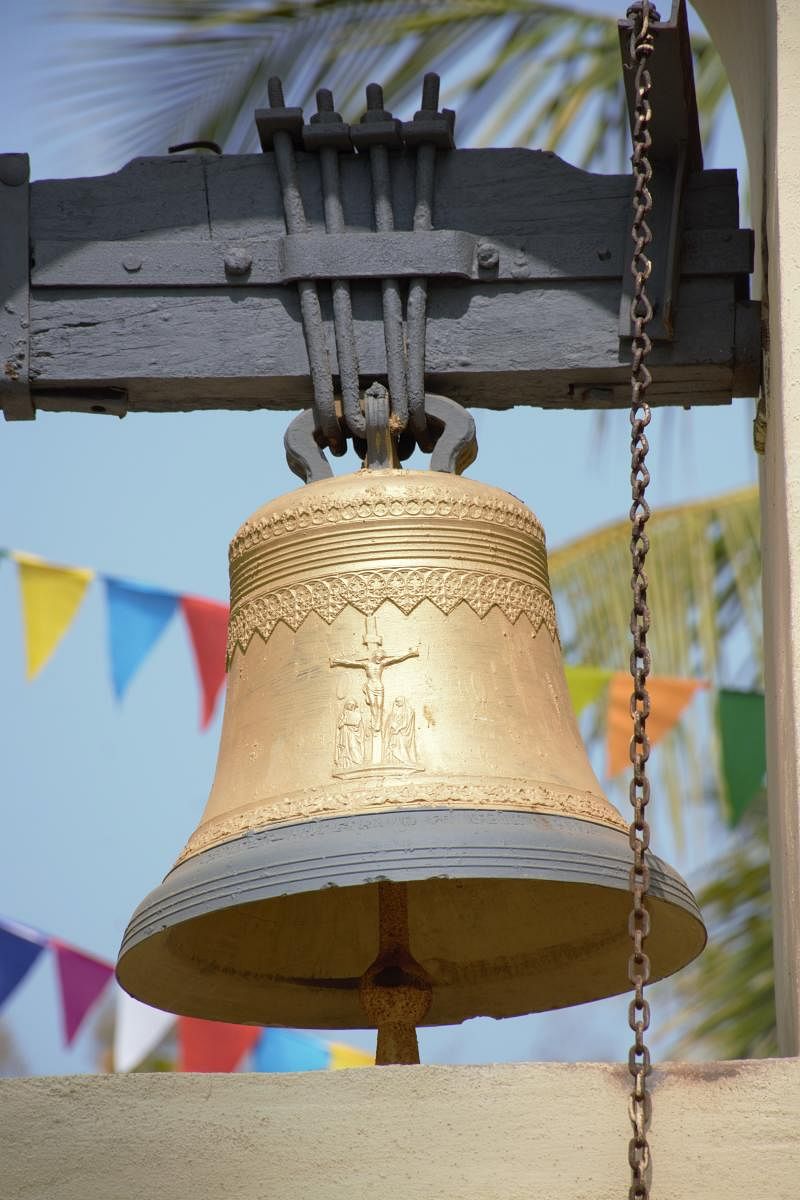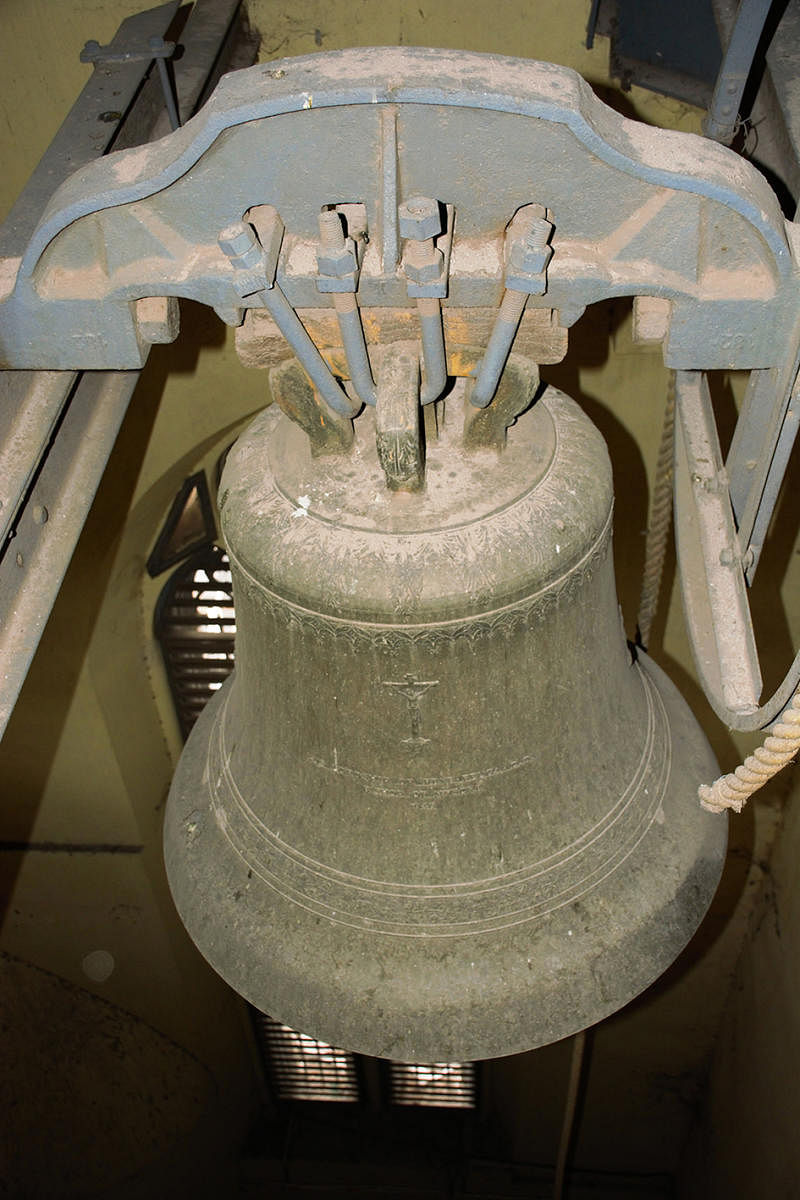
When I hear the word “church bell”, it certainly rings the name of an English Poet Robert Bridges, who in his poem Noel makes a modest mention of the church bells having a connection with the Christmas event which he calls ‘Angels songs to the shepherds’. Traditions affirm that it is a call to the community, pleasant or sad. In that way, the church summons the people to worship. This tradition is prevalent in the Anglican and Catholic churches across the world. This centuries-old tradition caught fire across the world and now every Christian church houses a belfry or a campanile.
The church bells have played a significant role in engaging communities for religious and spiritual services. They have often won hearts for their ability to awaken human beings at places of worship. The origin may be traced to the pagan winter celebrations in which bells were rung to drive out evil spirits.
The primary purpose of ringing church bells is to signify the time for worshippers to gather for a church service. Thrice a day, the church bells are rung at many churches to summon the faithful to recite the Lord’s prayer.
The sound and ringing of the bells have a spiritual value attached to them.
Many churches came up during the early years of colonial era in Karnataka like elsewhere in India. Each of these churches has a story to narrate, so also the church bells installed there. The available data points out that most of the bells were manufactured in London, France and Germany. Tonnes of bronze and panchaloha (five types of metals) have gone into the manufacturing of these bells, which were shipped to India by vessels.
These bells have served as timekeepers, prayer and community gatherings. At times, bells are rung to commemorate special occasions and events. They are enclosed in prominent landmark towers and steeples as local fixtures that represent the enduring quality of a community.
The church bells, today, stand as a testimony to the religious and spiritual bond between India and European countries. These bells hog limelight with the arrival of winter and Christmas.
The Abbe Dubois Church (Immaculate Conception Church), built under the patronage of Jean Antoine Dubois at Ganjam in Srirangapatna, is two centuries old. During his tenure, Dubois built a 15-feet, eye-catching campanile at the entrance of the holy church dedicated to Mother Mary. The 218-year-old bells weigh over 200 kg and have been cast with bronze.
St Bartholomew’s Church built in 1830 is one of the oldest churches in Mysuru. It was built in memory of Saint Bartholomew, one of the twelve Apostles of Jesus Christ. The land was a gift by the then Maharaja of Mysore, Krishnaraja Wadiyar III. It is a single storey structure, simple but attractive. An outstanding attraction of St Bartholomew’s Church is the Church Bell.
Stories the bell tells
The bell was at a French army-base church at Pandavapura, about 25 km away from Mysuru. It was cast in France during the 17th century and was at the service of the French Army Base Church till the church was dismantled to make way for the Visvesvaraya Canal. Later, its functional bell was gifted to St Bartholomew’s Church in Mysuru. The bell has been installed in the Belfry and the bell is rung during service every Sunday.
“The bell was handed over to Reverend GAA Wright. It was manufactured around 1799. The four-feet bell was made using about 4 tonnes of bronze,” explains Reverend Daniel Kaundinya. The Wesley Cathedral on BN Road is the second oldest church in Mysuru. The 145-year-old church was built in 1871. “The church bell here has seen a few centuries,” remarks Reverend GF Jayashekhar.
The tale of a five-feet, bronze-casted bell in 1946 at St Philomena’s Church, Mysuru is equally interesting. The bell was gifted by Jayachamaraja Wadiyar whose name is etched on it.
The church houses two more heavy-built bells. The then Maharaja of Mysore, Krishnaraja Wodeyar IV laid the foundation stone for construction of a new church on October 28, 1933. The Church came up in the place of the small church built by his grandfather.
“The bell here was manufactured in France around 1844,” says Reverend MSAR Itin Louis.
Bells in the Holy Name Cathedral, Maier Memorial CSI Church, Ascension Church, St Andrew Church, St Peters Church, Muller Memorial Church, Infant Jesus, St Joseph’s Church, Hubbali and All Saints Church and Basel Mission Hebich Memorial Church, Dharwad, have a story to narrate. The pendulum and circumference of these bells weigh over 50 kg.
The bell in the church at Ghantikeri in Hubballi was manufactured using panchaloha. It was manufactured in 1888 in London. This four-feet high bell weighs 8 tonnes, remarks Reverend Immanuel Y Adina. According to Reverend Samuel Calvin, most bells in churches in the twin cities of Huballi and Dharwad were installed around the same time.
(Translated by Jagadish Angadi)
